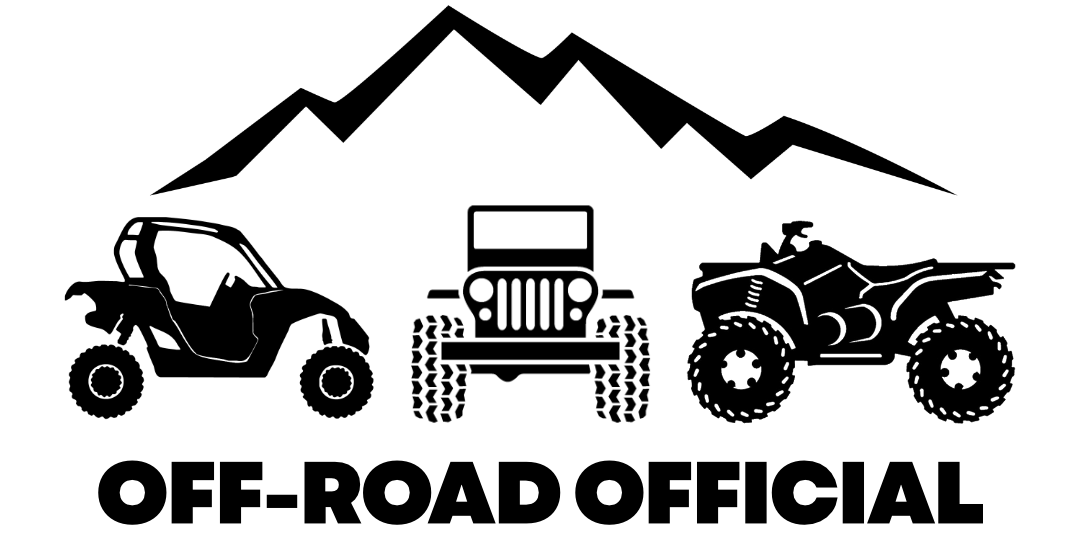For most, the Yamaha Raptor 1000 is simply a fantasy as Yamaha has never seemed to have the desire to make a 1000cc sport ATV.
But as you may well know, most outdoor and off-road enthusiasts like to take things to the extreme.
Hence, while there are no “official” Yamaha-built Raptor 1000’s out there, there are plenty of Raptor ATVs that have been modified and custom-built into a 1000cc Raptor quad.
Those who go there immediately have a quad near the top of the list of the fastest ATVs you can find, and an ATV you’ll rarely lose a race on.
And as most Raptor models are known for their speed, one of the first questions many folks have when upgrading a Raptor with a much more powerful engine is how much faster that will make it.
This guide will explore the Yamaha Raptor 1000 top speed, along with some of the specifics of these custom-built 1000cc Raptor quads.
Yamaha Raptor 1000 Top Speed
The top speed of a Raptor 1000 is entirely dependent upon the type of engine you build it with.
For those who drop in any standard 1000cc engine, you’ll likely be able to hit a top speed of around 90 mph on your Raptor 1000.
While this will have you dusting the fastest stock Raptors in the industry, you can do even better.
Most folks who will go out of their way to build a 1000cc Raptor quad want to maximize their performance, so the majority of Yamaha Raptor 1000 quads are built with a high-performance engine borrowed from a sports motorcycle.
Two of the most commonly used engines are that of the Yamaha YFZ R1 and Suzuki GSXR 1000 motorcycles.
These two engines will make your Raptor 1000 faster but also more powerful, giving it a max power output of anywhere from a whopping 170 to 200+ horsepower and giving double the power of the most high-powered models in the industry.
While the YFZ R1 motorcycle gets a top speed of around 168 mph and the Suzuki GSXR 1000 motorcycle can top 183 mph, lucky for your friends and family you won’t quite reach those speeds on a Raptor 1000.
For those using either of these engines, there’s a good chance your Yamaha Raptor 1000 will top out between 110 and 120 mph.
But to reach these top speeds, you can’t just drop in an upgraded engine and go. You’ll need to make a couple other modifications as well.
Other Modifications To Build A 1000cc Raptor Quad
- Delete The Speed Limiter – depending upon the Raptor model you use to build a Raptor 1000, there’s a good chance you’ll need to delete the speed limiter. This can be done by having the ECU tuned, which will bypass the speed limiter, raise the rev limiter, and lower the engine temperature at which the fan automatically comes on to start cooling it.
- Remove the Clutch/Speed Sensor – for those using pre-2015 Raptor 700 models, there is a clutch sensor that serves as a speed limiter which will be disconnected in order to maximize your top-end speed in fifth gear.
- Upgrade the Air Intake – to account for a bigger, more powerful 1000 cc engine, you’ll need to upgrade the stock airbox of your Raptor model so that the new engine is able to breathe properly.
- Upgrade the Exhaust – the second piece of helping this bigger engine breathe properly is upgrading the stock exhaust so that the added airflow from the upgraded air intake can exit efficiently once used up.
- Add a Power Commander/Fuel Controller – you’ll also need to add a power commander or fuel controller to your Raptor 1000 so that air to fuel ratios are recalculated and then applied within the ECU.
- Lower/Widen The Model – With all the added horsepower and speed of this model, lowering and widening it is essential. Lengthening the rear swingarm and front double A-Arms will give it a wider stance and make it much more stable.
About The Yamaha Raptor 1000
Most Yamaha Raptor 1000 quads are built using the body of a Raptor 700, Raptor 700R, or Raptor 660.
Since a bigger 1000 cc engine is installed in place of a smaller engine, many times these bigger engines don’t just fit right in and there is usually a need for some adjusting and welding to make them fit properly.
And many times once these engines have been fitted in they’ll hang down slightly lower and limit the ground clearance, making these 1000cc Raptor quads more prone to bottoming out in certain terrains.
These Raptor 1000 conversions also lead to many of them looking a bit hacked up as folks have to make room for a bigger engine while also replacing some of the other components mentioned above.
This makes it harder to find one that closely resembles the stock body form of the Raptor model used for the body, but they are out there.
Conclusion
While the Yamaha Raptor 1000 was never officially made by Yamaha, quite a few members of the off-roading community have built them custom on their own.
For more on Yamaha Raptors, check out the following before you go:


